Amazon Price Management
Amazon wants as many sellers as possible to compete in order to provide the best purchasing experience for the end-users. In that sense, the formula for success on Amazon is not a secret but a checklist of important actions. From products to pricing, to maximizing your operations - doing the right activities at the right time will create sales.
Price Matters
Profit on an individual item is determined at the point of sale. How much did it cost to create that sale and at what price was the item sold? When a customer purchases the product that is the sale price. There is no way to go back in time and adjust the price. So a product that is consistently underpriced by some percentage points will never provide you with the maximum profit. If this is happening across your entire product portfolio - there is a significant cost to inaccurate pricing.
Equally important, price is a key metric in determining Amazon buy box ownership. The Buy Box is the rectangular box on the right side of the page listing product details. It allows customers to buy the product instantly without having to scroll all the way down to access the “Buy the Product” button. According to Data Feed Watch, more than 80% of all web sales on Amazon go through the Buy Box. Some experts also believe that around 90% of all mobile sales happen through the Buy Box.
The Buy Box is so efficient that it provides the customer with ease of use. They can easily customize their purchase, such as defining quantity, area, and then select shipping preferences, etc. It does wonders for the user experience and is one reason why Amazon is such a popular online shopping platform. However, not every seller gets a chance to win the Buy Box.
Amazon is a very customer-centric platform and is obsessed with providing customers with the best possible shopping experience, so it takes into account various features before awarding a seller a Buy Box. Although it is clear that product price is one of those key factors.
Fluctuating Prices
Today both sellers and consumers on Amazon are familiar with the fact that prices constantly fluctuate. Why does this happen and how are top sellers taking advantage of this.
On average the price of a product will change every 10 minutes on Amazon, yet this can be much faster on some products. The price is changing because sellers are updating the list price to Amazon (or amazon is changing the price of their own products) to be more competitive. A seller with a higher ranking may be able to keep a higher price on the same product versus one with low reviews.
A very simple repricing solution could reprice each product daily (on any specific period). These are great - if there is no competition - but since product price changes are much more dynamic and complex the solution needs more oomph.
The common solutions in the last decade have been the rule-based repricers. They require sellers to set up the rules to update prices using various factors and scenarios to tell the repricer how you want your products repriced. You can modify your rules to price your products lower, higher, and match your competitor's product prices.
Setting up a rule-based repricer can be time-consuming and become overly complex while you run through the different scenarios. You must ensure no scenario or rule is incompatible with one another. Additionally, you will need to update your rules according to market news and needs regularly.
These rule-based repricers gave an advantage over no-repricing or time-based repricing, yet they fail to maximize profits when put against more modern technologies.
Easy Pricing
All the rules and complexities of rule-based repricers arise from the fact that it was not technologically feasible to build a fully automated pricing management tool until recently. The data was not available at the speeds necessary to make those types of calculations automatically. So tools had to rely on the seller to fill in the blanks “the rules”.
At Eva, we are leveraging the newest methods so our AI-Powered repricer does the work of solving those rules consistently, not you. When setting a price it takes into account sales data, trends, your inventory, sales velocity, Amazon policies, and behaviors, so that each price is set with the goal of maximizing your profit. All you have to worry about is setting a minimum price (what is the smallest margin you are comfortable with on a given product).
Conclusion
Pricing is an important part of your Amazon strategy. Using the newest technology to manage your prices can mean the difference between losing and gaining a few percent of revenue. Yet, it will always remain one aspect of your Amazon business. All aspects must be working in cohort to improve sales on Amazon.
That’s why Eva connects some of the most important aspects of your Amazon business into a single intuitive dashboard - pricing, reimbursements, replenishments, and analytics.
Find out more at Eva.guru.
Guest Author

Samuel Duval
Head of Partnerships & Operations | Eva


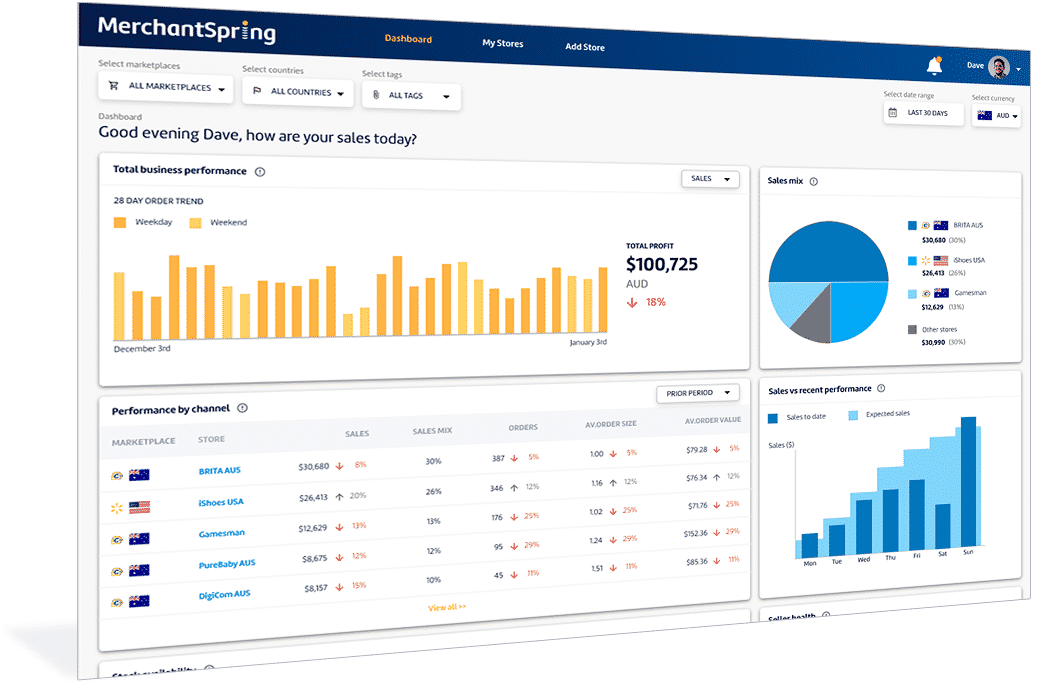

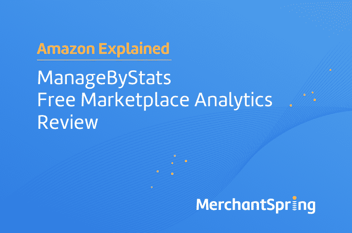

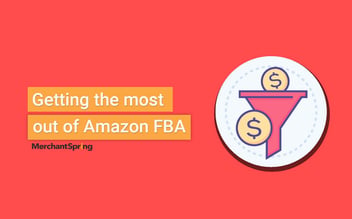
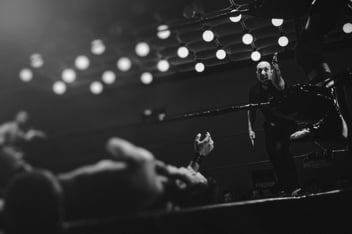
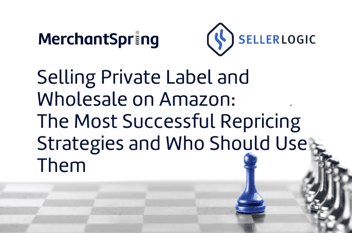

Add a Comment